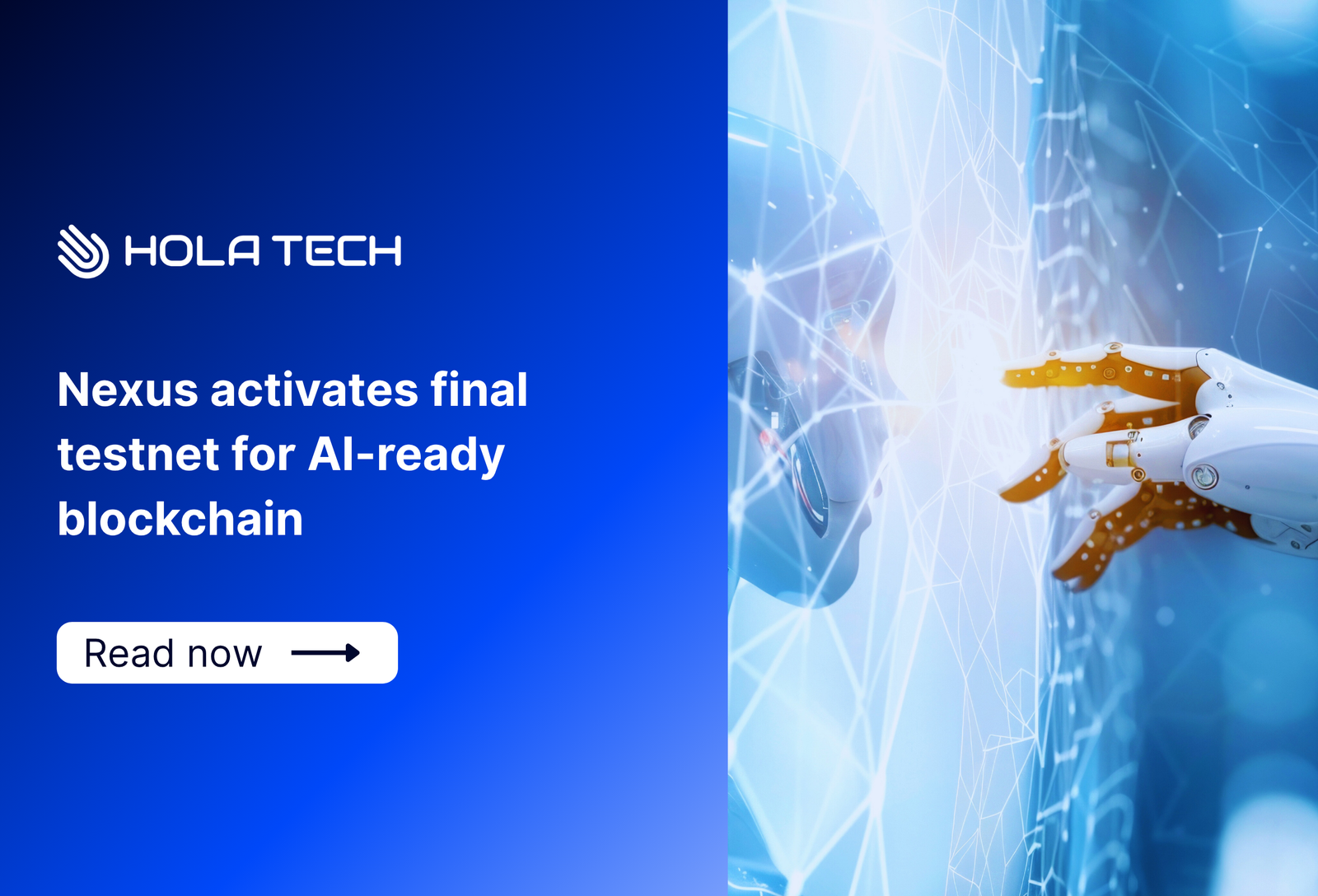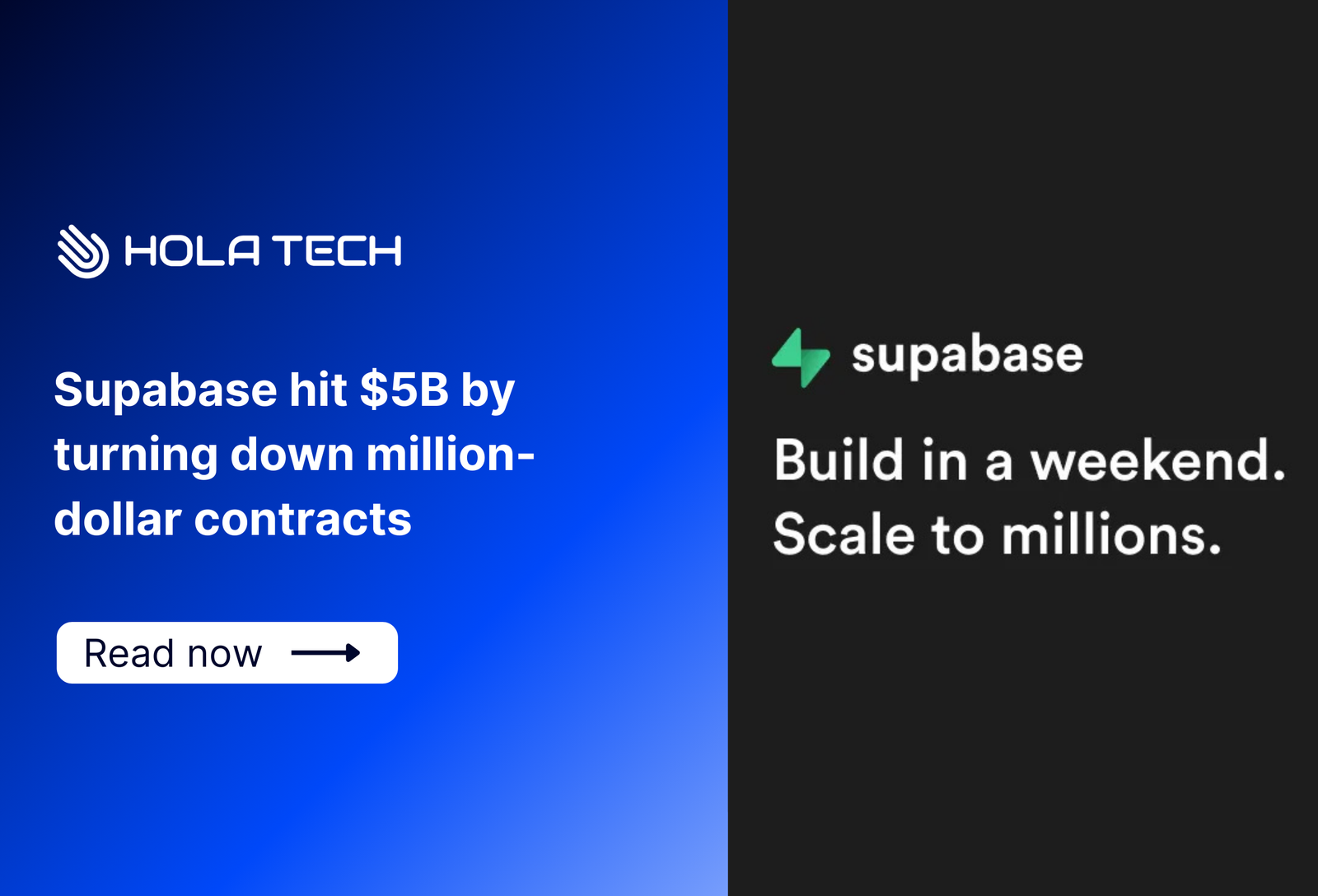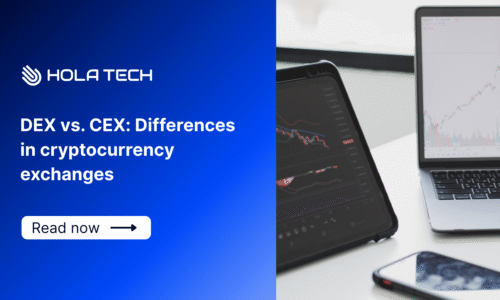- Tracy
- blockchain, News, Nexus
- 0 Comments
- 13093 Views
Nexus activates final testnet for AI-ready blockchain
1/ Key takeaways
Nexus, positioned as the “world supercomputer,” is an L1 blockchain set to launch its mainnet in Q3 after completing its final testnet. It introduces a novel, AI-ready architecture powered by zero-knowledge proofs and a RISC-V-based zkVM, enabling complex AI inference and horizontal scalability by turning every connected device into part of a verifiable compute cloud. This project, which has seen over 2.1 million testnet users, prioritizes speed and aims to make blockchain coding as intuitive as traditional computing.
2/ Nexus activates final testnet for AI-ready blockchain
The excitement around Nexus recently escalated with the activation of its third and final testnet. This crucial step marks the last major hurdle before the much-anticipated mainnet launch, targeted for Q3 of this year.
At the heart of Nexus’s innovation is its unique approach to aggregating computing power. CEO and founder Daniel Marin emphasized that the goal is to build “the largest distributed computer system ever,” specifically to create a blockchain with a new, optimized architecture. This ambition extends to making the network incredibly accessible: “Anyone can join the network in a few clicks from any device, contributing compute power to help build what Nexus calls ‘a verifiable world'”.
Nexus distinguishes itself by taking familiar, cutting-edge blockchain concepts and integrating them into a unified Layer 1. For instance, while projects like Mina Protocol focus on condensing blockchain states into succinct proofs using recursive SNARKs, Nexus employs its RISC-V-based zkVM. This allows it to handle vastly more complex workloads, including crucial AI inference, making it uniquely “AI-ready”. Marin envisions a future where “coding on a blockchain or coding on a zkVM should feel indistinguishable from coding on your own computer,” highlighting the project’s focus on developer experience and accessibility.
The network’s architectural choices reflect this ambition. For data availability, Nexus plans a sampling approach reminiscent of Celestia’s modular data availability model. Its consensus mechanism, currently using CometBFT (formerly Tendermint), will evolve towards HotStuff-2, similar to fast-finality chains like Aptos or Sui. These protocols are vital for coordinating globally distributed proving tasks efficiently.
What truly sets Nexus apart is its direct integration of a decentralized compute cloud into its L1. This means every device connected to the network becomes part of a single, verifiable computer, powered by an Incrementally Verifiable Computation (IVC) machine. This IVC machine generates succinct proofs for every computation step, propagates them in a DAG-style, and aggregates them into a single Universal Proof using the Stwo (Circle STARK) prover. In essence, this architecture is designed for “horizontal scalability,” where adding more nodes directly translates to increased network throughput.
The project also boasts a strong cryptographic foundation, with the involvement of respected figures like Jens Groth and Michel Abdalla, further solidifying its credibility in zero-knowledge and blockchain research. The impressive testnet participation, with over 2.1 million unique users and around 4,000 daily active accounts, underscores the community’s interest and the network’s potential.

3/ Hola Tech’s pov:
The excitement around Nexus‘s mainnet launch in Q3 is palpable, especially after its successful third testnet activation. For all the visionary builders and developers out there, Hola Tech wants to share some suggestions.
3.1. Dive deep into the documentation
Nexus’s ambition to create “the largest distributed computer system ever” with an “AI-ready” architecture built on a RISC-V-based zkVM means robust documentation will be key. Familiarize yourself with their unique Layer 1 integration and how their Incrementally Verifiable Computation (IVC) machine works. Understanding these core components will be crucial for building secure, fast, and efficient solutions.
3.2. Embrace the collaborative ecosystem
Nexus aims to make coding on their blockchain feel indistinguishable from coding on your own computer. This focus on developer experience means there will likely be ample opportunities for collaboration within their community. Engage with their forums, participate in discussions, and share your insights. Your vision, partnered with their innovative platform, can truly transform concepts into robust, market-leading applications.
3.3. Explore AI-ready applications
Given Nexus’s unique capability for AI inference, consider how you can leverage this. Think beyond traditional blockchain applications and explore how decentralized AI can bring new value to your projects. This is where truly groundbreaking, cutting-edge solutions can emerge.
3.4. Prepare for horizontal scalability
Nexus’s architecture is designed for “horizontal scalability,” meaning more nodes directly translate to increased network throughput. When designing your applications, consider how to optimize for this. This could involve distributed proving tasks and efficient coordination, ensuring your solutions are ready for global adoption.
Want to stay ahead of the curve in the world of decentralized technology and AI? Check out Hola Tech blog for more exciting technology news and useful information!

















